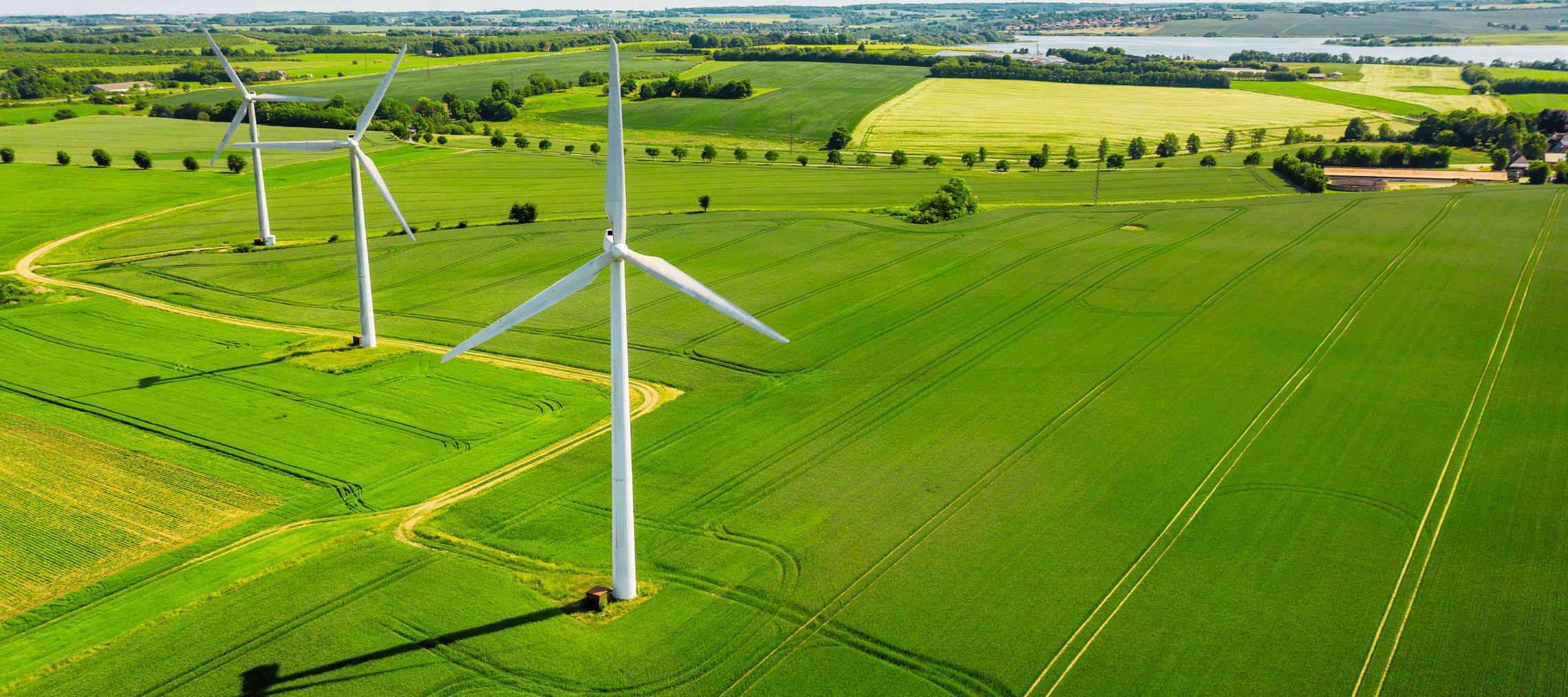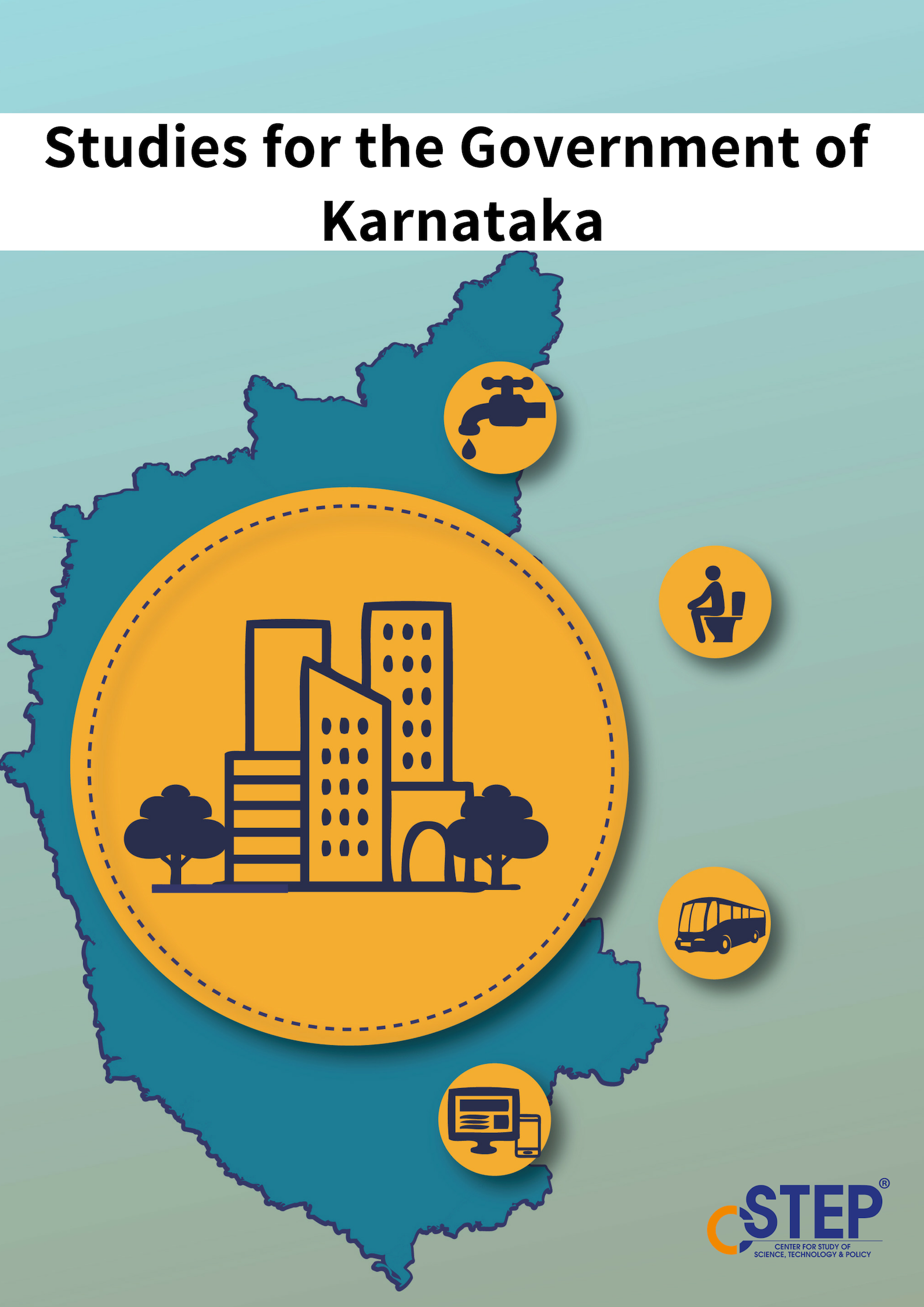India aims to meet its growing power demands through the expansion of its renewable energy capacity. This warrants a strong transmission infrastructure to integrate and evacuate renewable energy, as a transmission network acts as the backbone of power systems to transfer power from generation stations to load centres. As the country works towards this mission, a thorough transmission network analysis is needed to design a power evacuation scheme and assess technical feasibility. CSTEP supports transmission utilities to strengthen their transmission infrastructure and integrate a higher share of renewable energy to provide a reliable supply.




Comparative Techno-Economic Analysis of Rooftop PV (RTPV) Systems in Various States in India
The growth of RTPV has been sluggish compared to ground-mounted installations. This study analyses the techno-economics of RTPV in different states with their respective net-metering (NM)/gross-metering (GM) regulations and state policies to assess the financial performance of RTPV systems. States having abundant amount of solar potential such as Karnataka, Gujarat, Rajasthan, Maharashtra and Tamil Nadu are considered. The results of this analysis show that there is a lack of favourable consumer-end economics indicated by equity Internal Rate of Return (IRR) and payback period findings.
Mean Line Design of Radial Inflow Turbine for sCO2 Power System
Closed Loop Brayton cycle power plants using supercritical carbon dioxide (sCO2) have drawn the attention of many researchers in recent times. In this power plant (using heat source from either solar or nuclear),one of the main challenges is the design of the prime mover, namely the turbine. Radial Inflow Turbine (RIT) is found to be a suitable candidate as it has many advantages over Axial Flow TurbinesTechnologies used for the design of RIT for air Brayton cycle are well established.
Machine Level Energy Efficiency Analysis in Discrete Manufacturing for a Sustainable Energy Infrastructure
Sustainable economic development necessitates a careful design of the energy infrastructure.
Utilisation of Rice Residues for Decentralised Electricity Generation in Ghana: An Economic Analysis
This publication enlighten the reader about how electricity can be produced using the rice husk at Ghana.
Feasibility Analysis for c-Si PV Manufacturing in India
India has set a target of deploying 100 GW solar power by 2022. Solar installations in the country primarily use Photovoltaic (PV) technology. It is estimated that 339-395 GW of solar PV will be deployed by 2040. At present, the domestic cell and module manufacturing capacities stand at approximately 3.2 GW and 8.4 GW, respectively. However, the existing manufacturing capacities are underutilised.
Re-assessment of India’s On-shore Wind Power Potential
Till recently, the on-shore wind power potential in India was officially estimated to be 102 GW at a hub height of 80 m. About 26 GW of this potential has been installed in the country. However, there are multiple independent reassessment studies in the public domain that estimate the potential to be much higher. This is due to variations in assumptions and methodologies used.
Nuclear Waste Management
This report is written to enlighten the reader about the quantity of radioactive waste generated and how it is being managed and what are the courses of action required for effective containment and disposal.
Study of the potential for deepening the coverage of Perform Achieve and Trade (PAT)
The study is an attempt to identify if more industrial manufacturing units could be added to the existing list of sectors leading to PAT 'deepening'. This study aimed to explore the possibility of deepening the scope of energy savings by introducing more industrial units into PAT from within the existing cement, fertilizer, iron and steel, textile, pulp and paper and Chlor-Alkali sectors. It concludes that there are a large number of small-scale units which do not fall under the PAT criteria of notifying as DC.
Civil Liability for Nuclear Damage Act, 2010 A Primer for the British Nuclear Industries
Civil Liability for Nuclear Damage Act, 2010 A Primer for the British Nuclear Industries.This report aims to provide an analysis of the Indian Civil Liability for Nuclear Damage Act (CLNDA), 2010 (Refer Annex 1) and its impact on the UK nuclear industries. In this context, a visit to UK Trade and Investment (UKTI) meeting held in London in January 2014 helped in getting to understand the concerns of some of the industries. It also revealed that certain gaps existed in the understanding of the act due to lack of clarity.